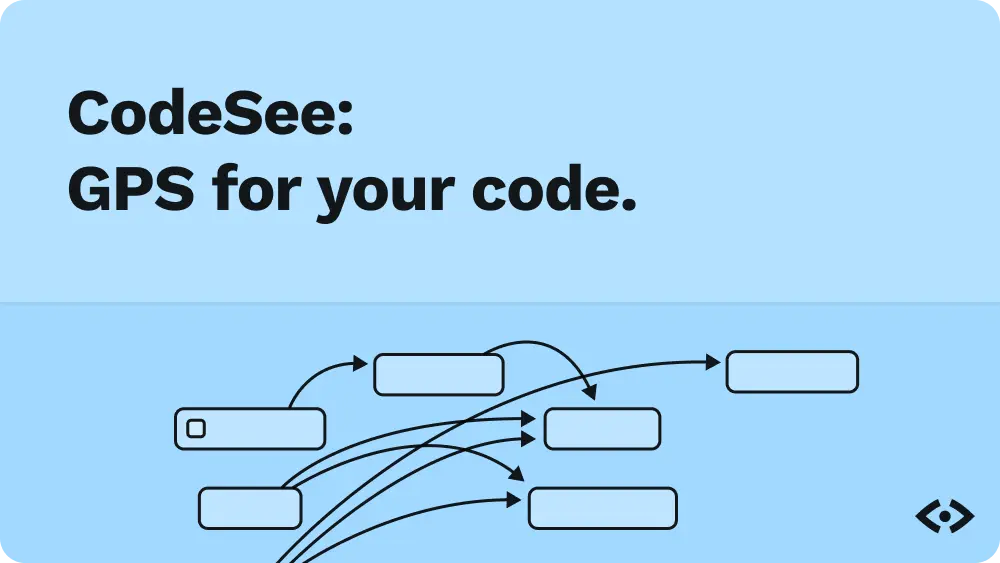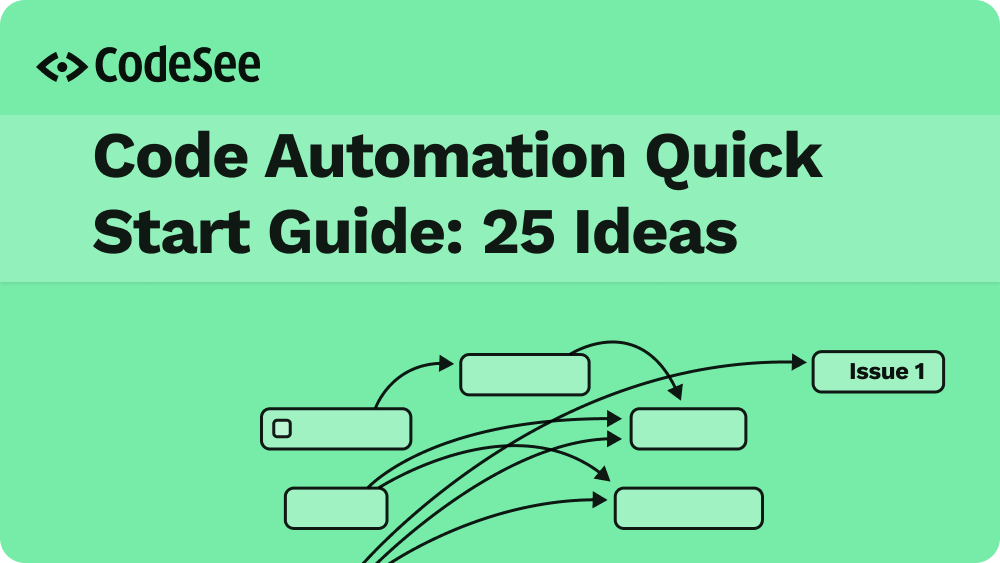Technical debt manifests as convoluted, hard-to-maintain code. It accrues silently, burdening your project until tackling it becomes unavoidable.
But tackle it you must. Technical debt impedes progress and saps developer productivity. It makes every commit, every onboarding, every review harder. Every day your developers and engineering team have to deal with past mistakes instead of future possibilities.
Refactoring—the art of reworking and improving existing code—helps us to systematically pay off technical debt. It streamlines the codebase, enhances readability, and optimizes performance, addressing the bottlenecks that technical debt creates. Although it may initially seem like an additional task on a developer's long list, it is a proactive strategy that, when executed correctly, can save hours of debugging and headache down the road.
If you are one of the 65% of professional developers coding in JavaScript, JavaScript refactoring is a vital strategy in maintaining the health and efficiency of your JavaScript projects, enabling you to manage technical debt effectively.
Here we'll explore the why and the how of refactoring JavaScript code. We'll delve into the techniques, principles, and best practices to help you wield refactoring in your next JavaScript project. Let's get started writing better, cleaner, and more effective JavaScript code.
The Importance of Refactoring
The goal of refactoring is to improve the internal structure of the code, making it more efficient, readable, and maintainable.
Refactoring can feel like an unsung hero in the coding world. It doesn't introduce flashy new features or dazzling effects. Instead, it works behind the scenes to ensure that the code is of high quality, easy to understand, and less prone to bugs or errors.
Refactoring is not an optional afterthought in the coding process—it's an essential practice that impacts the quality of your codebase and your efficiency as a developer. Refactoring helps:
- Enhance code readability and maintainability. One of the primary goals of refactoring is to make your code more understandable and easier to maintain. When your code is easy to read, other developers (and your future self) can quickly understand and work on your code. This is particularly relevant in JavaScript, where different coding styles and practices can lead to complex, hard-to-read code.
- Reduce technical debt. Technical debt is a metaphor representing the implied cost of additional rework caused by choosing quick and easy solutions over better, often more time-consuming approaches. By refactoring, you pay off technical debt—cleaning up code smells, simplifying complex logic, and making the code easier to understand. This makes future changes less costly and time-consuming.
- Boost code performance. Although refactoring is not specifically aimed at performance optimization, it often results in more efficient code. For example, refactoring can eliminate unnecessary operations, reduce duplication, or even reveal parts of the code where a more efficient algorithm can be used.
- Help to discover bugs. When you refactor, you gain a deeper understanding of your code's structure and behavior. In this process, you might uncover hidden bugs or potential issues that you didn't notice when originally writing the code.
Refactoring holds particular significance in JavaScript due to the language's flexible, dynamic nature and its pervasive use in web development. The absence of strict typing and other constraints can lead to complex, hard-to-read code, making refactoring crucial for maintainability and readability.
Furthermore, JavaScript's use in client-side web programming makes performance and efficiency vital, with refactoring often revealing opportunities for optimization. Finally, with the evolving JavaScript ecosystem, refactoring helps in modernizing the codebase, adopting newer language features, and transitioning to more robust variants like TypeScript.
Signs That Your Code Needs Refactoring
Understanding when your code needs refactoring is an essential skill for a JavaScript developer. These are a few of the “code smells” that can tell you your JavaScript code needs to be refactored:
- Duplicated Code. Also known as the DRY (Don't Repeat Yourself) principle, if you find the same piece of code in multiple places, it's time to extract that into a function or module and reuse it.
- Large Functions or Modules. If a function or module is too large or trying to do too many things, it's a prime candidate for refactoring. Ideally, a function or module should have a single responsibility and be small enough to easily understand.
- Deeply Nested Conditionals. When you have if statements nested within if statements, it's often a sign that your function is too complex. This can usually be simplified by decomposing the function into smaller parts or using design patterns like Strategy or State.
- Too Many Parameters. If a function takes in a large number of parameters, it can be challenging to understand and maintain. It might be a sign that the function is doing too much and could benefit from being split into smaller functions.
- Long Lines of Code. Lines of code that extend beyond the typical viewing area in your text editor can be hard to read. If you find yourself scrolling horizontally frequently, it's a good idea to refactor and break up your code into smaller, more manageable pieces.
- High Coupling. When a part of your code is highly dependent on another part of your code, any changes in one part can easily break the other. This indicates that you might need to refactor to reduce the dependencies between your code components.
- Dead Code. Unused variables, functions, or modules should be removed as they add unnecessary complexity to the codebase.
- Comments Explaining Complex Code. If a section of code requires a lot of comments to explain what it's doing, it's likely too complex. Good code should be self-explanatory, and if it's not, refactoring can make it more straightforward and understandable.
This is an opportunity to let code visualization help you. Visualizing your codebase can immediately help you identify some of the refactoring signs above. For example, tight coupling between two services can easily be seen in a codebase map:
Codebase maps can help you in another way. Refactoring isn’t something you should do alone. It’s a team game. There might be underlying reasons why the code continues to smell. If you are embarking on a refactoring project, you can create a codebase map that annotates the changes intended and highlights them for the team. They can then weigh in with their thoughts on the changes that need to be made.
You can also add in code automations so that everyone knows you’re refactoring the code and doesn’t submit PRs while you’re doing so (or at least checks with you):
Refactoring is more than just changing code around; it's a systematic process that follows certain principles to ensure code readability, maintainability, and efficiency. Here are some key principles to guide your refactoring journey:
- Do Not Add Functionality During Refactoring. Refactoring is the process of improving the design of existing code without changing its behavior. When you refactor, your goal is to clean up the code—not to add new features. Mixing the two can complicate both tasks.
- Refactor First Before Adding New Functionality. By cleaning up the code first, you will find it easier to implement new features. Well-structured, clean code is easier to work with and reduces the chance of introducing bugs when new changes are made.
- Make Small, Incremental Changes. Refactoring does not have to be a massive, all-at-once process. In fact, it's often better to make small, incremental changes. This helps to avoid introducing new bugs and makes it easier to spot where a bug has been introduced if one does slip through.
- Minimize the Number of Code Entities. The fewer entities (variables, functions, classes, etc.) you have, the easier it will be to read and maintain your code. Each entity should have a clear purpose.
By following these principles, you can refactor your JavaScript code in a structured and efficient manner, improving the quality of your code while minimizing the risk of introducing new bugs. Remember, refactoring isn't a one-time operation, but a continuous process of incremental improvements aimed at making your code better, one step at a time.











